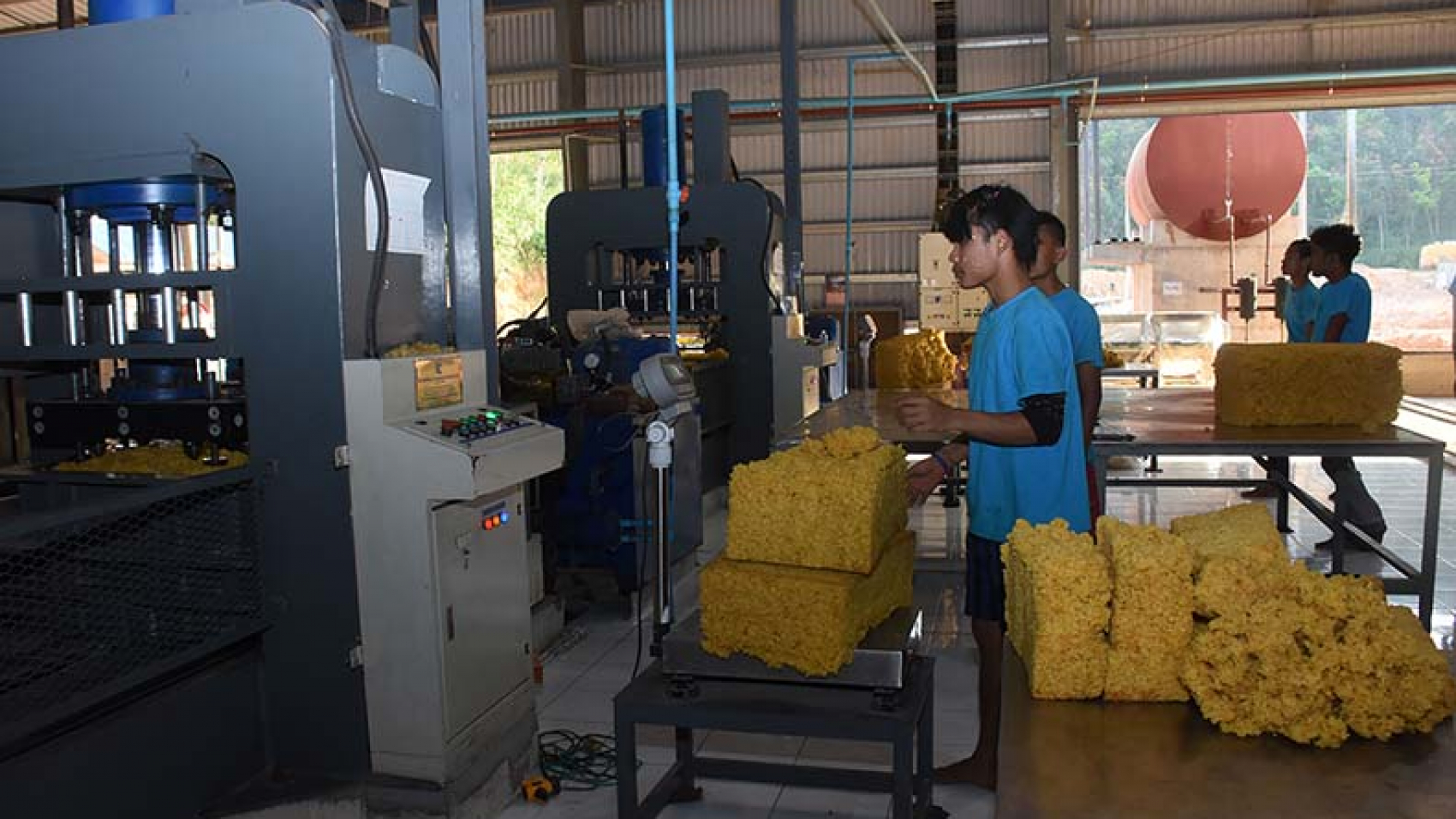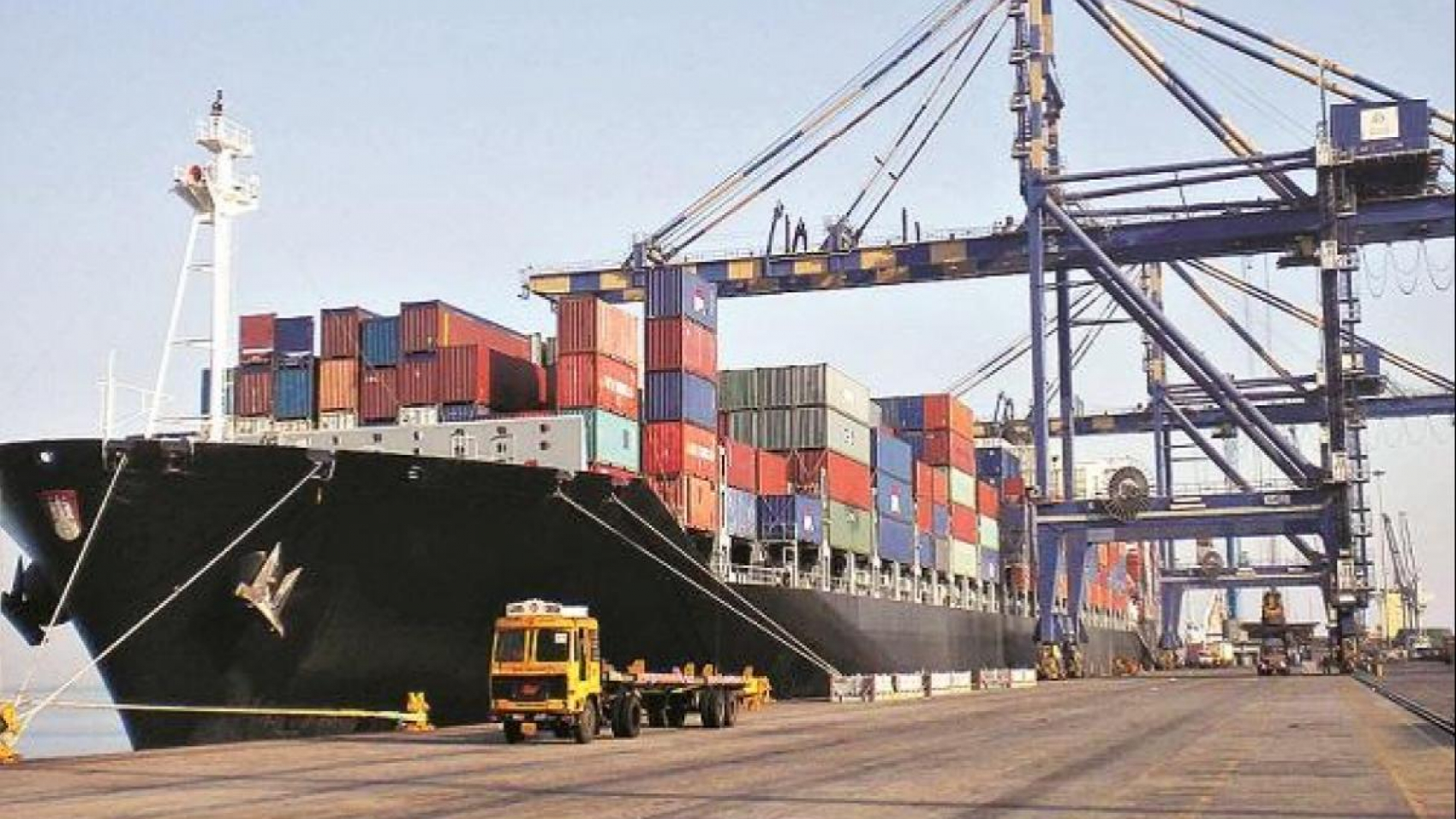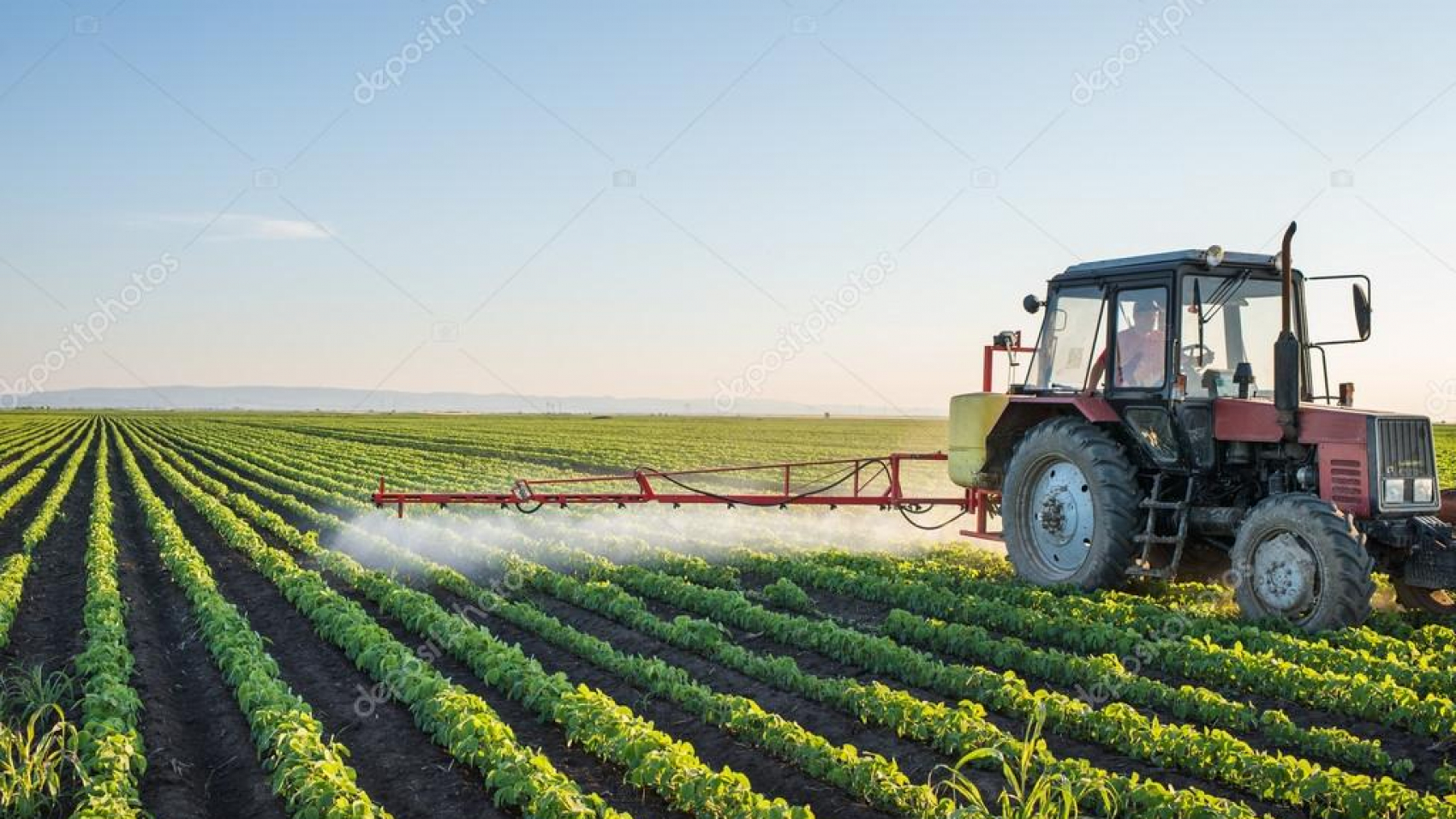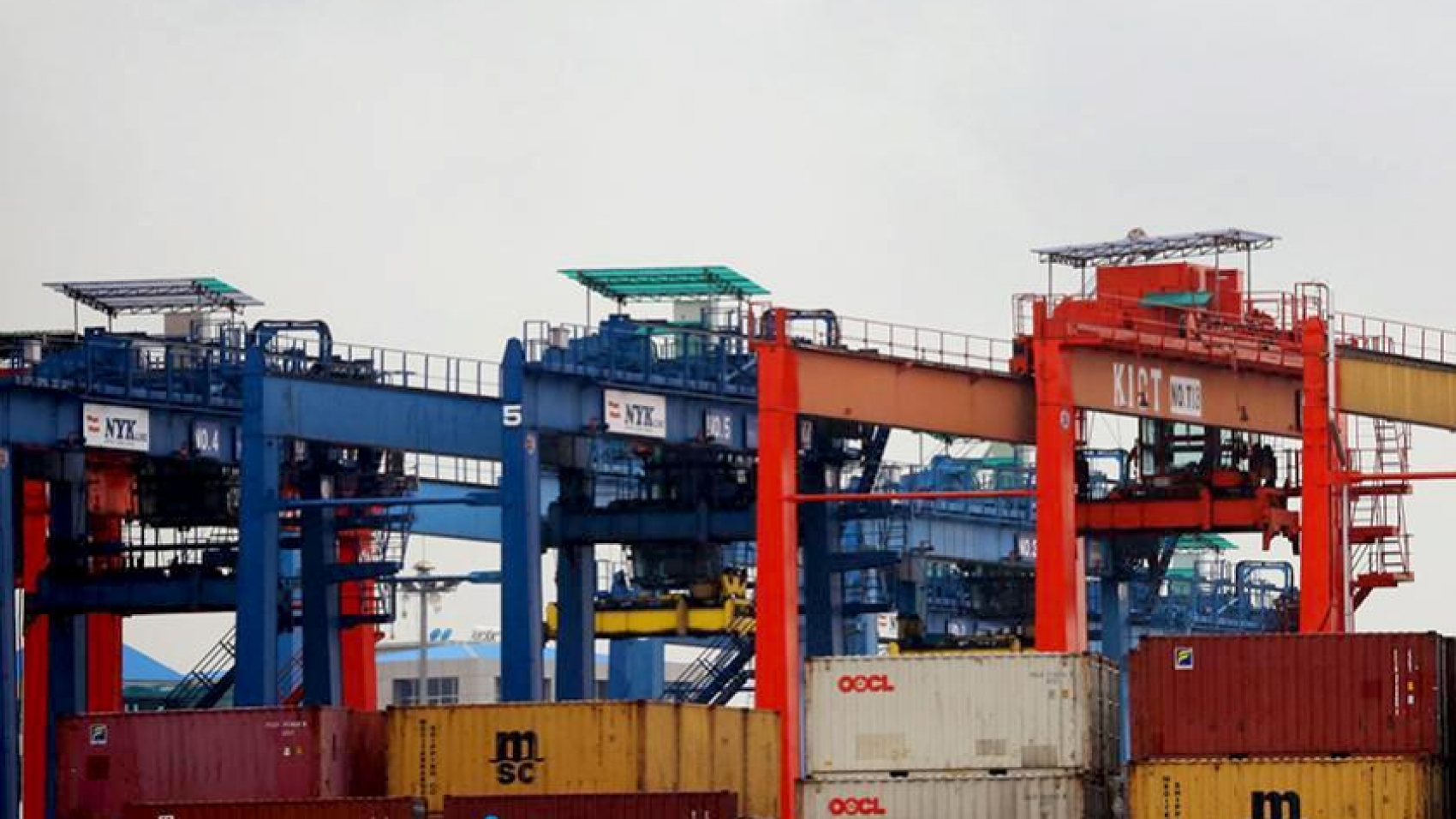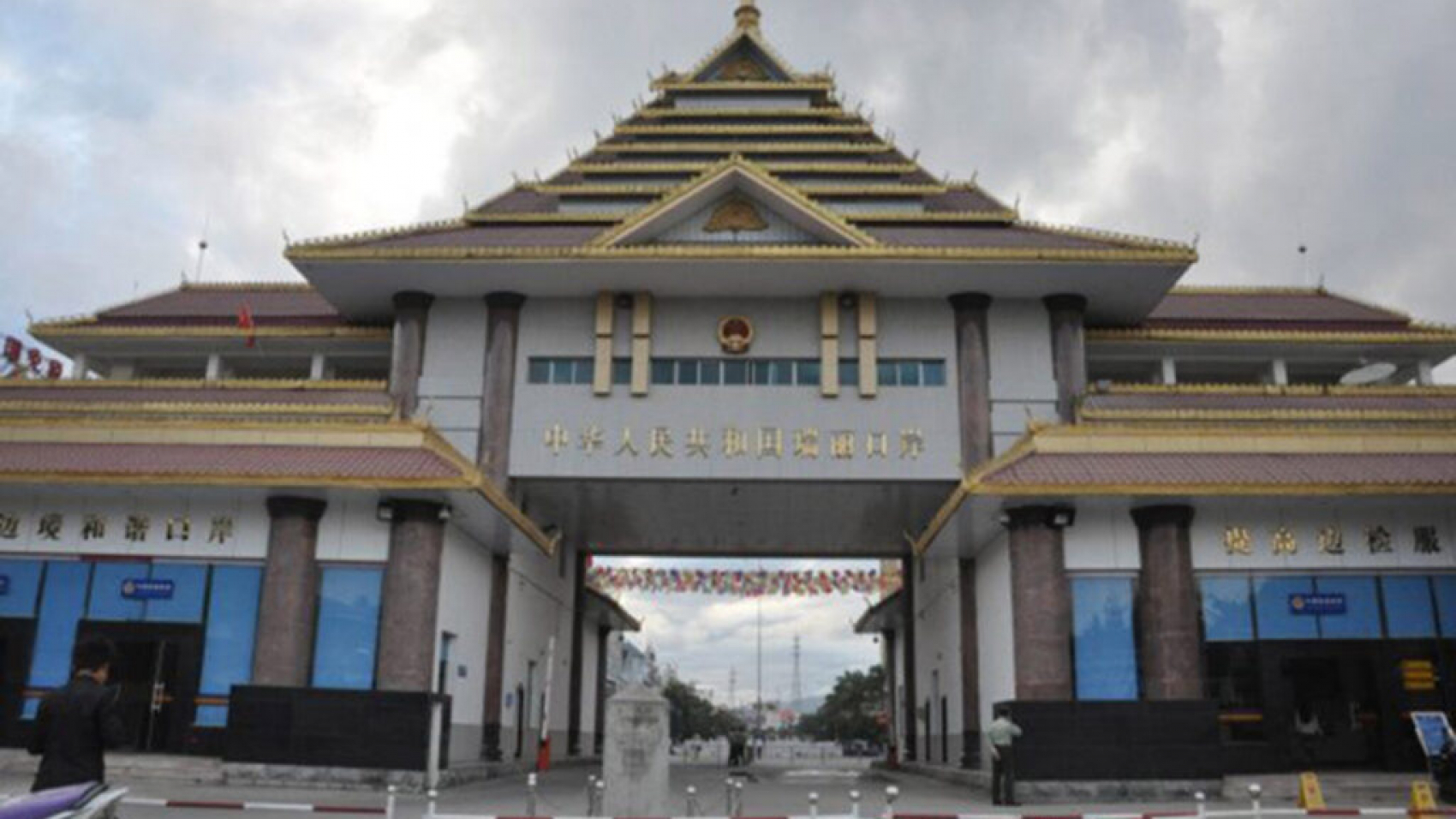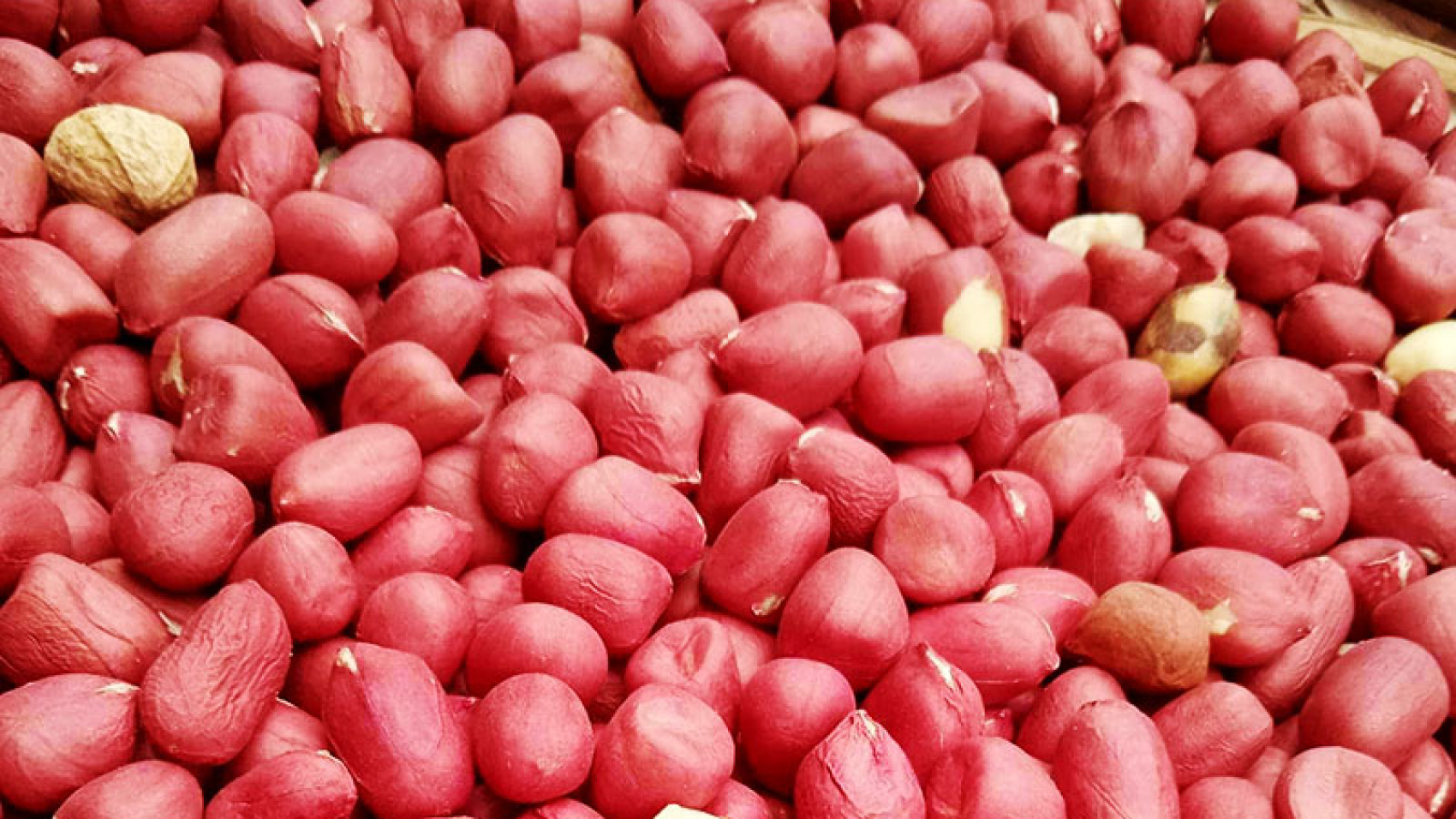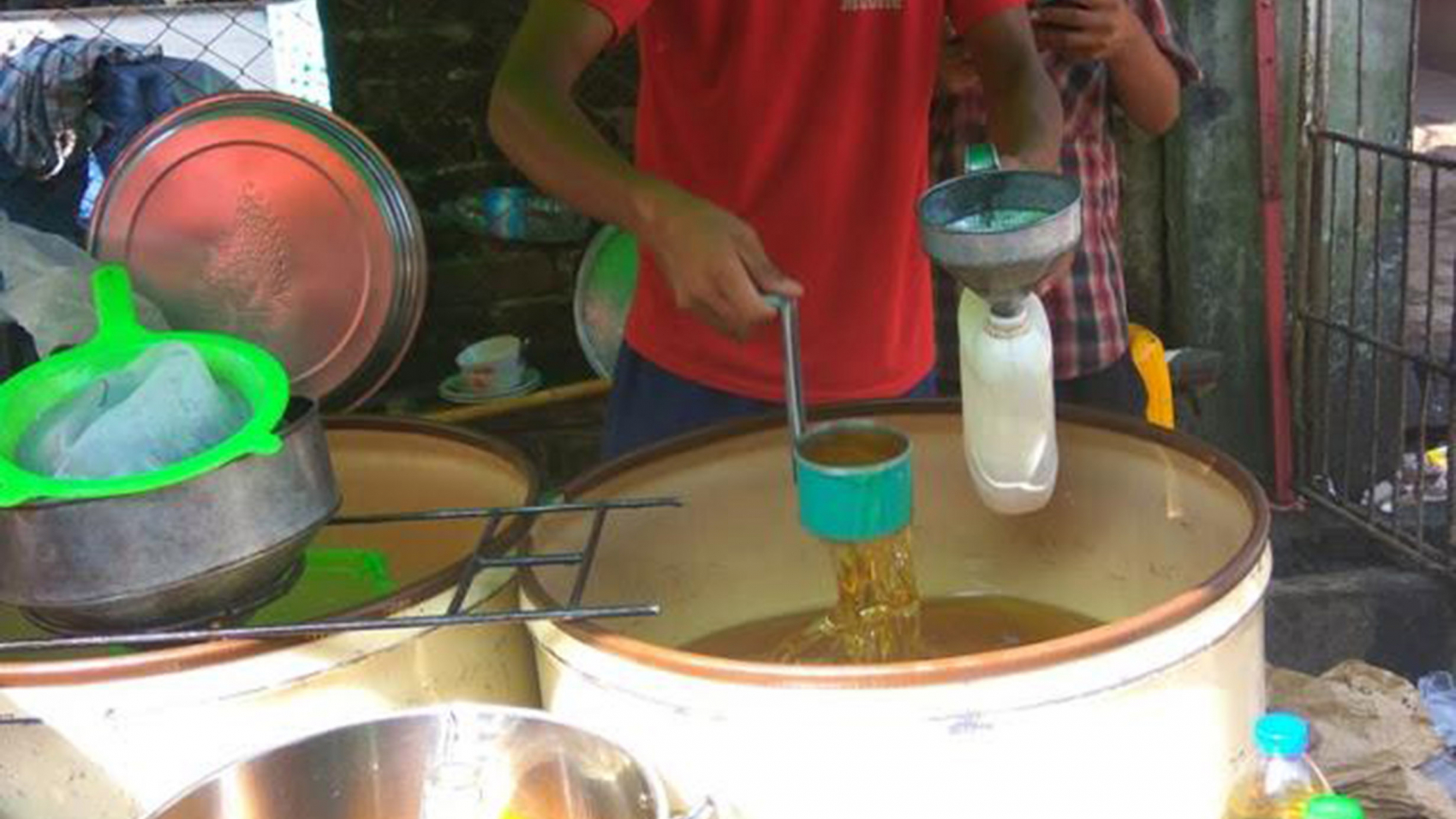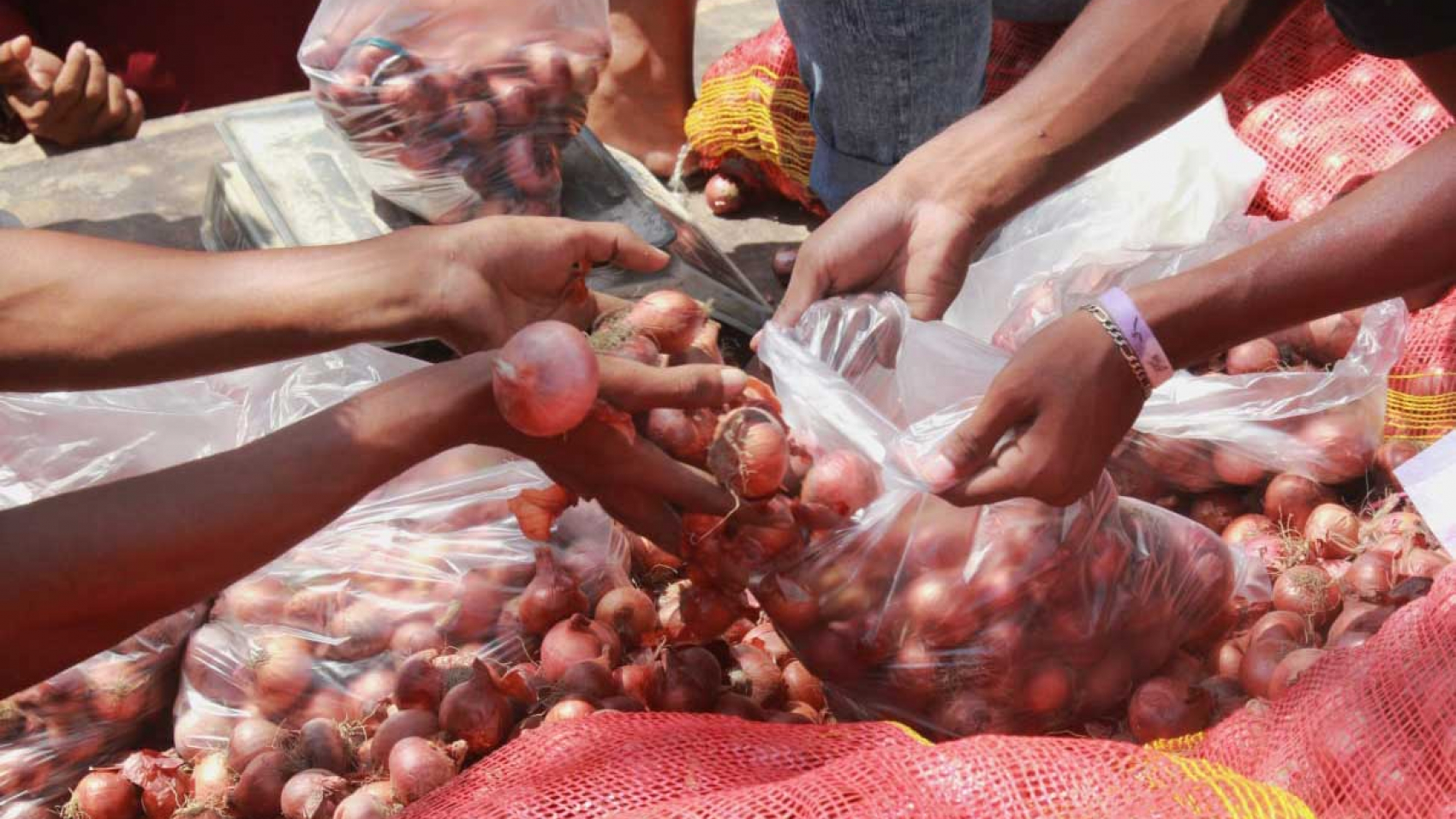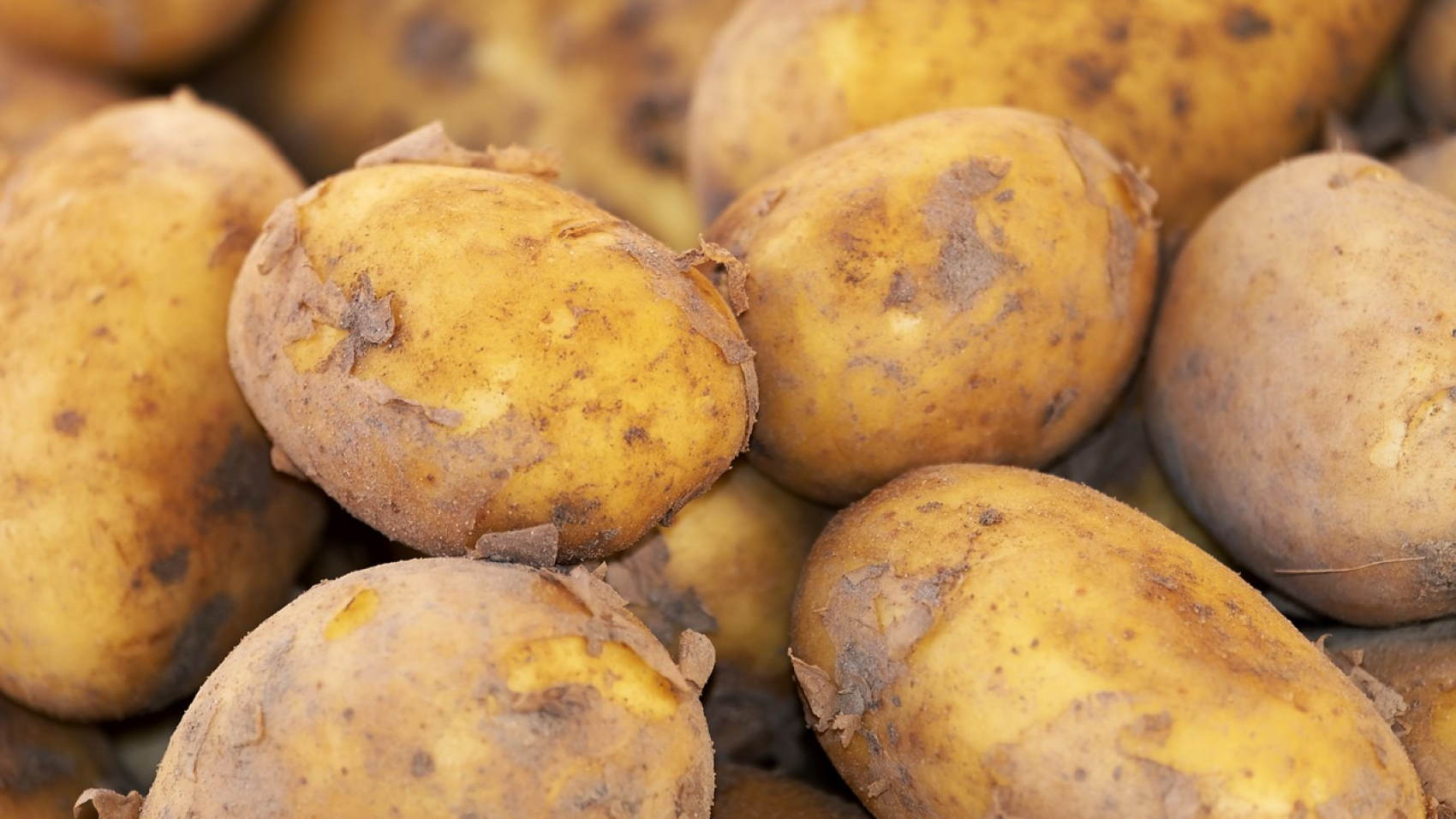The value of agricultural exports amounted to US$1.51 billion between 1 April and 2 September in the current financial year 2022-2023, indicating a small increase of $27.28 million as against the year ago period. The figures topped $1.48 billion in the corresponding period last year. Myanmar agricultural products are exported to China, Thailand, Singapore, Malaysia, the Philippines, Bangladesh, India and countries in Europe and African countries.
The country shipped rice, corn, chili pepper, rubber, mango, various beans and pulses to the external markets through border posts and sea trade. The country requires specific export plans for each agricultural product, as they are currently exported to external markets based upon supply and demand. The G to G pact also ensures a strong market for the farmers. Contract farming systems, involvement of regional and state agriculture departments, exporters, traders, and some grower groups, are required in order to meet production targets, the Agriculture Department stated.
According to a Memorandum of Understanding between Myanmar and India, India will annually import 250,000 tonnes of black gram and 100,000 tonnes of pigeon peas (tur) from Myanmar for five consecutive years from 2021-2022 financial year to 2025-2026 FY. The Commerce Ministry is endeavouring to help farmers deal with challenges such as high input costs, procurement of quality pedigree seeds, high cultivation costs, and erratic weather conditions. Myanmar Rice Federation (MRF) invited rice companies and millers who want to participate in the contract farming system in the coming summer paddy season.
The Ministry of Agriculture, Livestock and Irrigation is supervising to implement contract farming system on 850,000 acres of summer paddy in the 2022-2023 season, provide payment-in-kind (seeds, fertilizer and diesel) instead of cash and the summer paddy growers will be entitled to receive K200,000 worth of payment-in-kind per acre through Agriculture Development Fund. This plan aims to boost the paddy yield through the support of agricultural inputs (fertilizer, seeds and others) and conduct supply chain financing strategy connecting the farmers, millers and companies, according to the MRF’s statement. Myanmar’s agriculture sector is the backbone of the country’s economy and it contributes to over 30 per cent of Gross Domestic Products. The country primarily cultivates paddy, corn, cotton, sugarcane, various pulses and beans.
Source: The Global New Light of Myanmar

